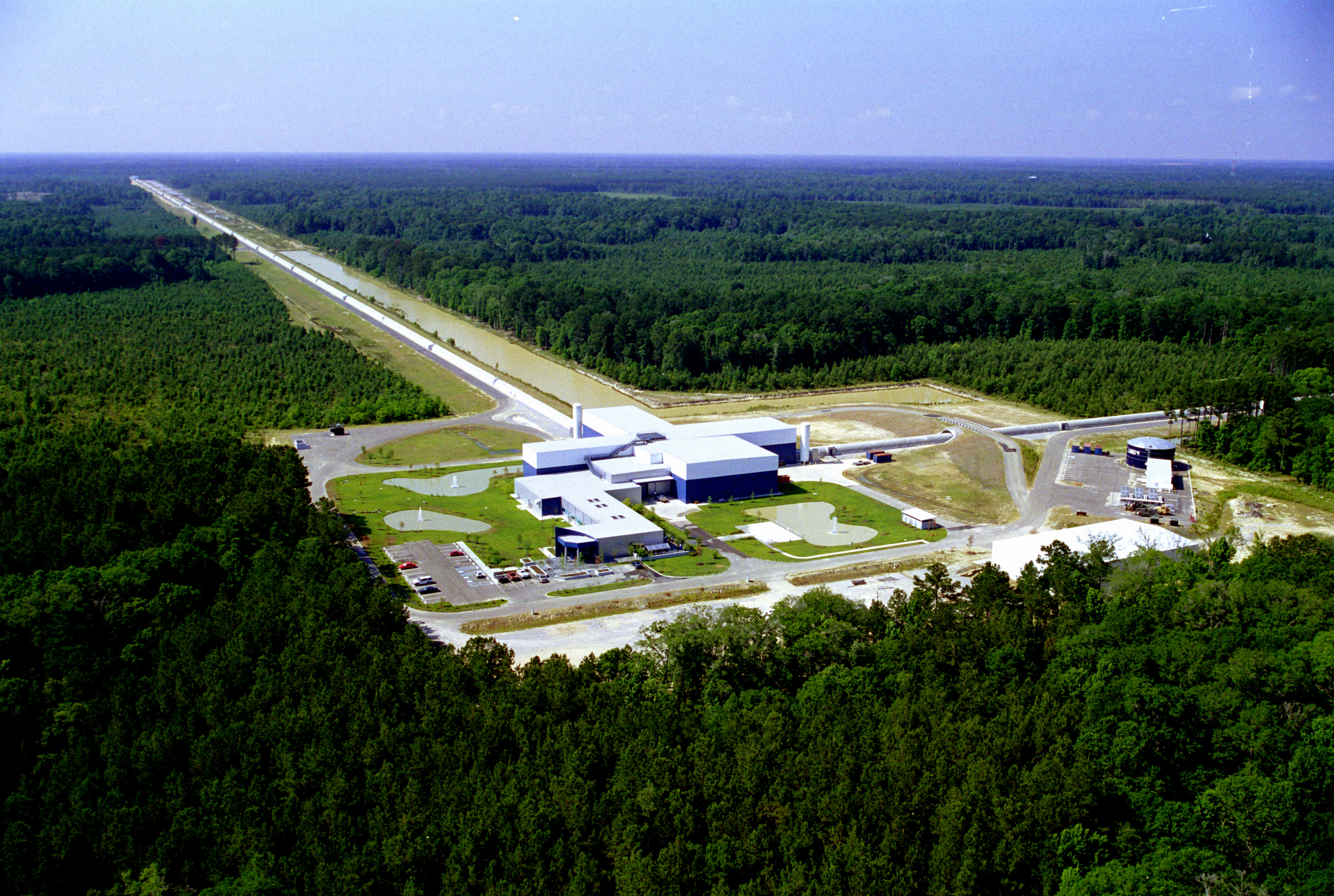“Gravitational Waves Detected, Confirming Einstein’s Theory.” That’s how The New York Times reported that the Laser Interferometer Gravitational-Wave Observatory (LIGO) had detected gravitational waves, first predicted by Einstein’s theory of general relativity a century ago.
Last September, LIGO observed a “chirp” lasting a fifth of a second. Analyses of the signal suggest that it was produced by the cataclysmic collision of two black holes a billion light years away. In part because media coverage of the LIGO announcement has been so enthusiastic, I feel obliged to raise two curmudgeonly questions. First: Is it true?
Media coverage of LIGO is remarkably similar to that generated by a previous gravitational-wave announcement. In March 2014, a team overseeing the Background Imaging of Cosmic Extragalactic Polarization observatory, BICEP2, claimed to have detected gravitational waves produced by inflation, an extremely rapid — and hypothetical — cosmic growth spurt.
I expressed skepticism, saying I wanted “an explanation of why only inflation, and not other more conventional physical phenomena, can account for the gravity-wave findings.” Early in 2015, the BICEP2 researchers withdrew their claim, acknowledging that their observations had been distorted by dust in the Milky Way.
I doubt the LIGO team will meet a similar fate, for several reasons. First, LIGO consists of two separate observatories, each of which recorded the chirp. Second, precisely because of the BICEP2 debacle, the LIGO team has no doubt extra-obsessively rechecked its observations. Third, the theoretical basis for black holes is more sound than that for inflation.
But I still wonder about the specificity of the colliding-black-holes interpretation of the chirp. Ultimately, that interpretation will require corroboration from other analyses and experiments. Even given corroboration, the LIGO result raises another question: Was it worth it?
LIGO has cost American taxpayers about $1.1 billion, and federal funding for science, unfortunately, is a zero-sum game. Chemist Ashutosh Jogalekar, who blogs as Curious Wavefunction, notes that while “the detection of gravitational waves will be a fitting testament to both experimental and theoretical science and the dedication of countless scientists over the years, in one sense it [is] utterly unsurprising. That’s because it is the logical prediction of a theory that has been around for a hundred years.”
In an email to me, an historian of technology spelled out his concerns even more bluntly: “So a 100 year old theory has been confirmed experimentally — big whup. Did anyone think Einstein was wrong? This isn’t doing anything to convince me that public funds spent on this stuff wouldn’t be better spent on medical research. Or clean fuels, or any number of things that would apply scientific expertise toward justice or the alleviation of human suffering.”
I share these concerns. On the other hand, $1.1 billion spent over decades isn’t exorbitant, especially considering that the U.S. spends almost a thousand times that much on “defense” every year.
I also find LIGO thrilling in part because it has no practical benefits. It is a manifestation of one of our most sublime attributes, the desire for knowledge not as a means to an end — power, prosperity, health — but simply for its own sake. No science is “pure,” but LIGO comes close. I hope the LIGO report withstands scrutiny and propels us into an exciting new era of gravitational-wave physics.
John Horgan directs the Center for Science Writings, which is part of the College of Arts & Letters. This column is adapted from one originally published on his ScientificAmerican.com blog, “Cross-check.”
